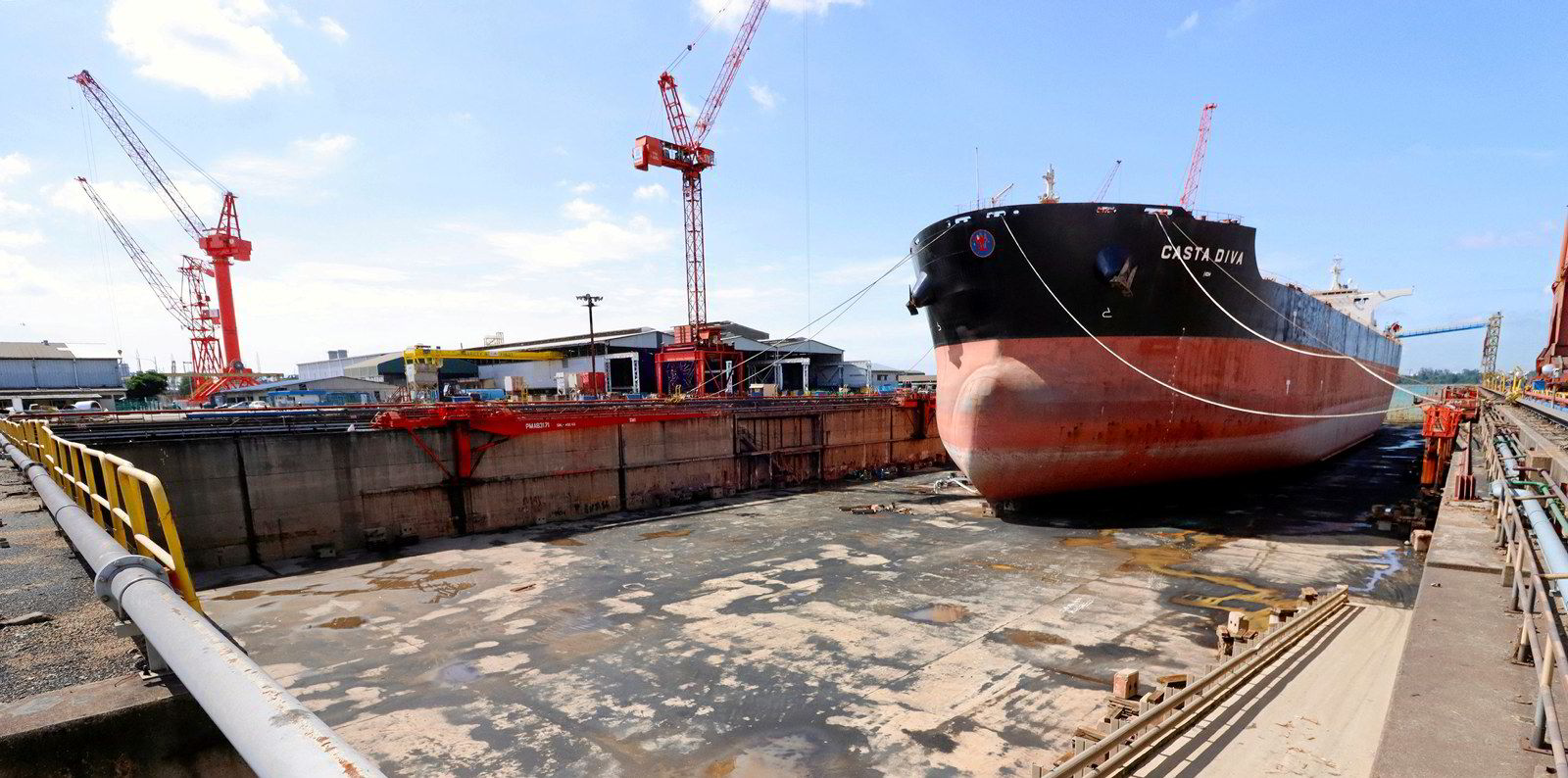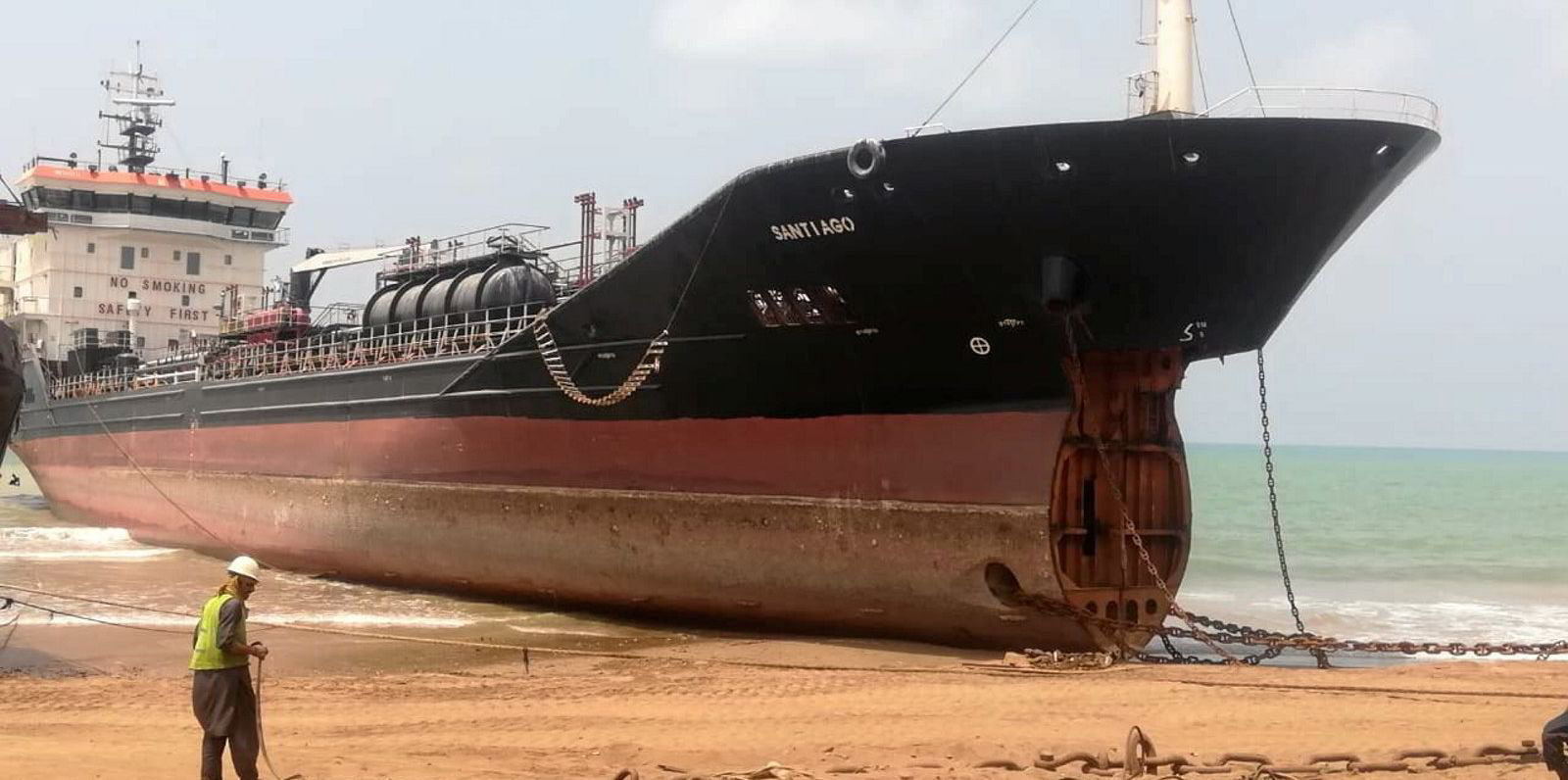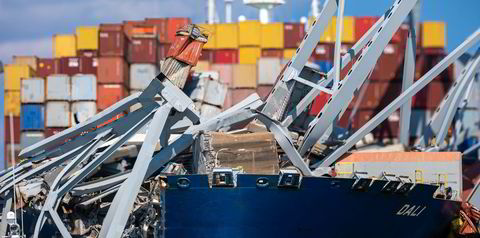Research by Braemar ACM Shipbroking has thrown up another factor that has added to the oversupply of capesize bulkers and driven down spot rates — ships exiting repair yards in China.
Twenty-three capesizes have re-entered the trading fleet since mid-April after departing Chinese shipyards, where they were undergoing scheduled maintenance and surveys.
Baltic Exchange panellists assessed the capesize 5TC rate — the weighted average of spot rates across five key routes — almost 8% lower on Monday at $21,516 per day.
The assessment has declined by 44% over the past six trading days after peaking at $38,169 per day on 23 May, the highest level since mid-December.
The rout has been driven by a growing tonnage list, which has overwhelmed the slow supply of cargo. Worries over China's economic situation have also weighed on market sentiment.
Mark Nugent, senior dry-bulk research analyst at Braemar, told TradeWinds that the number of capesize vessels in yards has come down “sharply” since lockdowns in China began to lift.
“While capesize earnings were elevated in the second half of the year, some owners opted to extend their vessels’ special survey deadline, which added to surveys yards would have previously expected to do in [the first half 2022],” he said.
“The build-up in tonnage was then exacerbated by lockdowns in China, which caused longer visit times at some yards as capacity was reduced.
“While most of the shipyard visits can be attributed to special surveys, the small portion of vessels which had prolonged stays may have opted to fit scrubbers given the widened Hi-5 [fuel price] spread.”
A total of 40 capesize vessels are currently in shipyards globally, according to AXSMarine tracking data cited by Braemar.
This is the lowest level since February and down from a high of 63 capesizes in mid-April.
The data shows there are no capesizes waiting to enter a shipyard. Braemar said this indicates that yard operations have improved since the lockdowns in China have begun to lift.
Easing congestion at ports in China has also released capesizes back into the market.
Bulker tracking platform Oceanbolt on Monday identified 88 capesizes as being congested in China with an average waiting time of 2.65 days.
Four weeks ago, the platform identified 100 congested vessels, waiting for 3.97 days on average.






